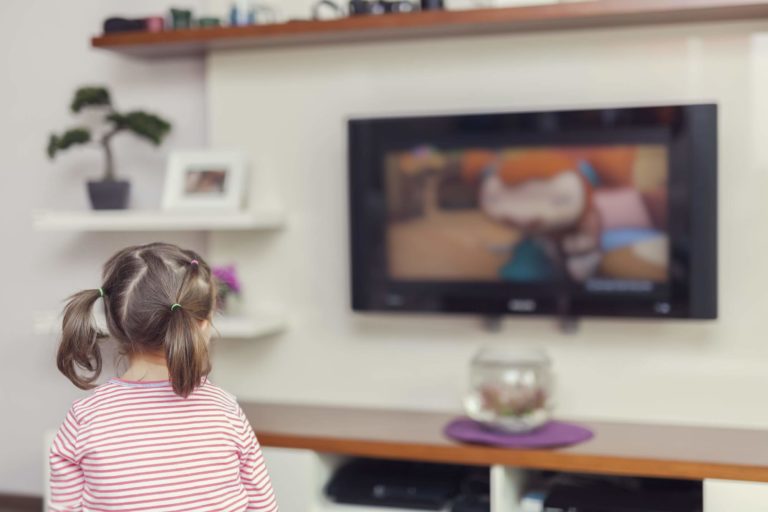One of the most significant obstacles educators must overcome during the COVID-19 pandemic is the unequal access to digital tools. While many schools are handing out Chromebooks and laptops for students to borrow, not all households have the resources available to gain internet access. To ensure all students can learn from home, here are a few low-tech, accessible learning technology alternatives for remote learning.
Plan for Multiple Kinds of Devices
It is essential to plan to use learning materials and platforms that are accessible on any device. According to the Pew Research Center, 96 percent of adults own a cellphone, and 81 percent own a smartphone. As for desktops, laptops, and tablets, research shows that 74 percent of adults own a laptop, and 52 percent own a tablet. This research shows that most students (81 percent) will at least be able to complete work at home on paper, then snap a picture of it to submit to the teacher.
Also, consider cloud-based apps that provide storage for students with limited device space. Google Classroom is one of the most popular learning management systems that educational institutions utilize because it enables students’ access to the platform from computers, tablets, and smartphones. Teachers can create online classrooms for sharing, attach files, port YouTube videos, chat with students in Google hangout, and keep track of students’ assignments and progress from one app.
Consider Connection
Consider students’ internet connection when planning for remote learning. Not all students have access to the internet or a good network connection. Luckily, there are options during this time. Spectrum and Comcast are offering free internet access to all students for 60 days. For smartphone and tablet users, AT&T is offering open hot spots and unlimited data to existing customers while Verizon, Sprint, and T-Mobile are following the FCC agreement and opening hot spots. Encourage students to utilize these deals while they are available.
Tune-In to the Television
The percentage of U.S. homes with a television signal, over-the-air, cable, or broadband, is about 96 percent, according to Nielsen’s National Television Household Universe. This means the majority of students have access to a television as an “alternative technology”. In response to the COVID-19 virus, PBS will provide a daily, five-hour At-Home Learning Service for students in grades 6-12 to PBS stations nationwide. There will be programs on history, English language arts, and science, as well as related learning resources from PBS Learning Media, a free online service of thousands of educational resources. Television provides an ample amount of resources and opportunities for learning. With 96 percent of households having access, in conjunction with PBS’s free daily learning programs, you can create lessons students can follow along to while watching.
Consider Homework Packets
Many school districts are having their faculty create homework packets for students. Teachers in each grade level put together a packet full of work (enough for a few weeks) and either set up a designated drive-up packet pick-up at the school, mail them home to students, or post them on the school website. If students are having trouble with an assignment, teachers set up office hours (via phone or email) as well as the opportunity to video chat if the student is able. If you are considering creating a weekly packet, make sure that it is a review for students. You do not want to teach anything new unless you know students have access to a computer and the internet where you can show instructional videos of how to complete any new work.
An alternative for creating your packet is to download one. Achieve3000 is offering free access to a set of literacy printable packets. These packets add up to a month’s worth of content differentiated for students who are at, below, and above grade-level in their reading abilities. Teachers can send a link for students to download, or they can print out the packets to hand to students.
When it comes to elearning, no one expects you to become an expert overnight. Think about the smallest thing that you can do for your students now that will make the most significant impact. That may simply be just checking in with your students as much as you can.




